A book review of Dueling with O-Sensei, authored by Jonathan Swift. Jonathan holds a 5th degree black belt in aikido and Shidoin at Tenzan Aikido in Seattle where he has studied with Bruce Bookman since 2004. He also holds a black belt in iaido and Shito-ryu karate.
This review is of the updated and expanded edition of Dueling with O-Sensei, published in 2016 (with over 1/3 more material than the original edition published in 2000). This book, authored by Ellis Amdur, is an important contribution to the aikido world, providing an unvarnished and unexpected perspective on the martial art of aikido and some of its best known personalities.
Shifting between the deeply personal and academic, “Dueling with O-Sensei” is a series of essays, ranging from short vignettes on important aikido figures, to Ellis’s own felt experience and growth as a martial artist and human being. Writing for martial artists, the author, through personal story, historical reconstruction and philosophical musing, eggs the reader on asking “why are you doing this?”
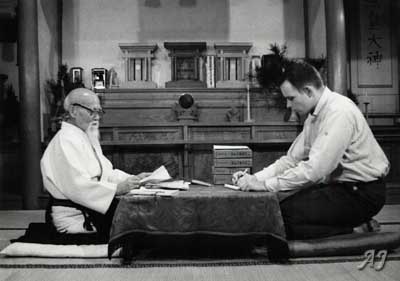
The book opens with the weight of Terry Dobson, a larger than life figure who spread the notion of aikido as a higher form of conflict resolution in the United States. The painting of Dobson is of a boisterous yet sad romantic who became a father figure to Ellis. Terry, by many accounts, had an enormous presence and wholehearted faith that aikido would bring a great peace to the world. He was also flawed, and Ellis finds a way to compassionately share stories that bring a complete picture of the man.
Several chapters unravel the many historical paradoxes and myths surrounding the founder of aikido, Morihei Ueshiba. The retelling is unvarnished and complicated, revealing the imperfections and facets of a historical figure who was not, after all, supernatural or a saint. The author directly challenges the reader to let go of these myths, and instead, embrace the dualism of violence and love, peace and war, and student and master to come to your own understanding.
Exploring the spiritual, psychological, and physical aspects of aikido and other martial arts, Ellis enlivens the narrative with his professional and personal experiences with sometimes awful situations with people on or past the edge of rage and madness. These dangerous interplays point to the reality of the risk and edge of putting any art, particularly aikido, into the real world. A common thread that runs through the book are descriptions of the varying forms of abuse at the hands of instructors and senior teachers. You may cringe because of your own experience, but Ellis explores this at a deeper psychological level not only asking why this happens but why do people put up with this in the first place – why do we accept abuse?
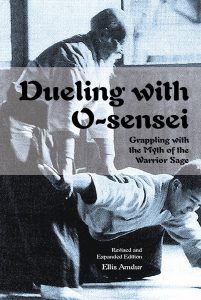 You may not love every chapter, but there is enough story, conviction, and fascinating characters to keep the reader engaged through the end. If you have trained for a few years, you will recognize many of the personality archetypes that show up in the book: the savant, the holy fool, the unlikeable. And in that way, the author points you back to look at your own experience to penetrate the truth, and challenging you to get real about your own practice.
You may not love every chapter, but there is enough story, conviction, and fascinating characters to keep the reader engaged through the end. If you have trained for a few years, you will recognize many of the personality archetypes that show up in the book: the savant, the holy fool, the unlikeable. And in that way, the author points you back to look at your own experience to penetrate the truth, and challenging you to get real about your own practice.
There are many stories of known and unknown martial arts greats which leave the reader wanting to see and understand more. One of my favorites is of Nishio Sensei as “aikido’s future” pushing the art beyond what the founder taught to something more modern and relevant to today’s world through his own creative synthesis. He seamlessly blended the best of his diverse “hard art” experience with the aikido that he was taught. Nishio Sensei fully grasped and taught mixed martial arts fifty years ago. Astounding.
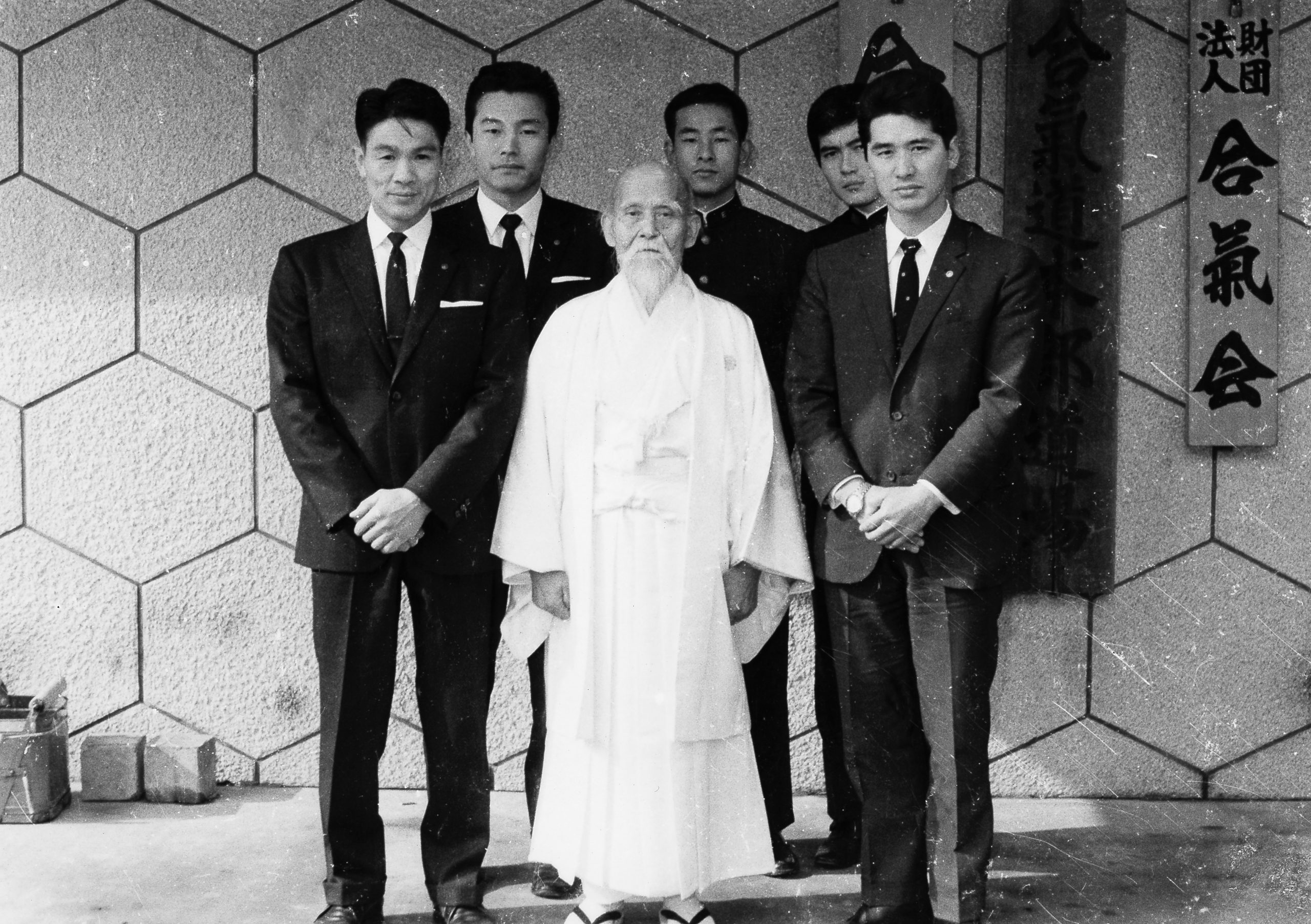
And here is the higher aspiration epitomized in a real person (Yasunori Kuwamori):
“He led a group of people without domination or intimidation or charisma – he led through warmth and openness. He trained to make himself stronger, just because it gave him joy to do so, not out of any pompous proclamation of forging his spirit nor in a fantasy that he was a 20th century warrior.”
Ellis directly implores the reader, “How will you use your power, your understanding of harmony acquired in aikido practice?” Dueling with O’Sensei respectfully urges you to be bigger than your concept of the art, bigger than yourself, and embracing the larger sphere of humanity and purpose.
Dueling with O’Sensei by Ellis Amdur can be found here.

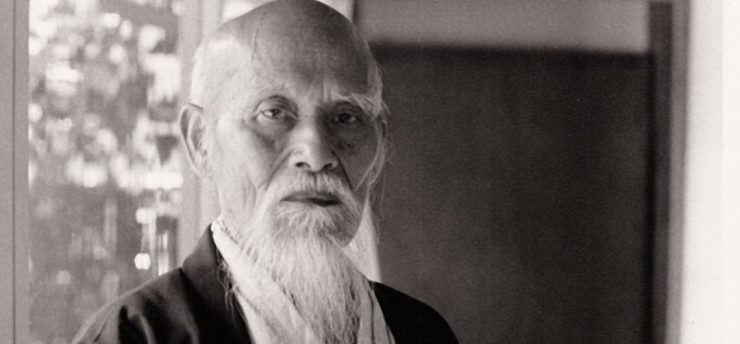



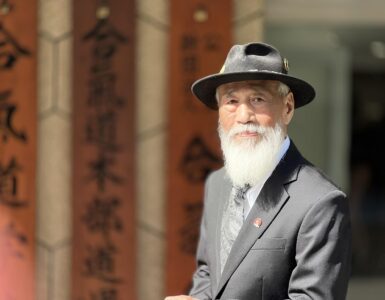







Add comment